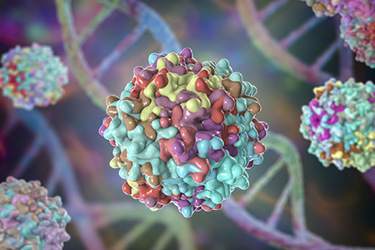Navigating Upstream AAV Production: A Checklist For Efficient And Reliable Gene Therapy Manufacturing
By Catherine Buchere, Kathrin Teschner, David Ede, and Katy McLaughlin

Initially developed to treat rare and ultra-rare diseases, there is growing interest in developing gene therapies for more common indications. This shift necessitates the adoption of new tools and strategies to support higher yields, larger scales, and traceable biomanufacturing processes that produce high-quality products.
The leading platform for delivering in vivo gene therapy is adeno-associated viruses (AAVs), making the establishment of reliable AAV production processes critically important for clinical applications. Shortening the time-to-clinic is a top priority for gene therapy manufacturers due to the rapid pace of the market and intense competition. Although there is pressure to expedite process development activities in favor of moving quickly into production, it is essential to consider key principles at each developmental phase.
Upstream AAV process development is costly and time-consuming, and there are numerous decisions to be made and process parameters to optimize. Therefore, careful consideration from early research through to clinical production is required for successful expansion and production. Gain insight into how to design and execute an efficient upstream AAV production process. This white paper offers guidance for drug developers as well as a checklist to ensure all appropriate factors are considered at each phase, thereby mitigating risks throughout AAV process development.
Get unlimited access to:
Enter your credentials below to log in. Not yet a member of Cell & Gene? Subscribe today.
